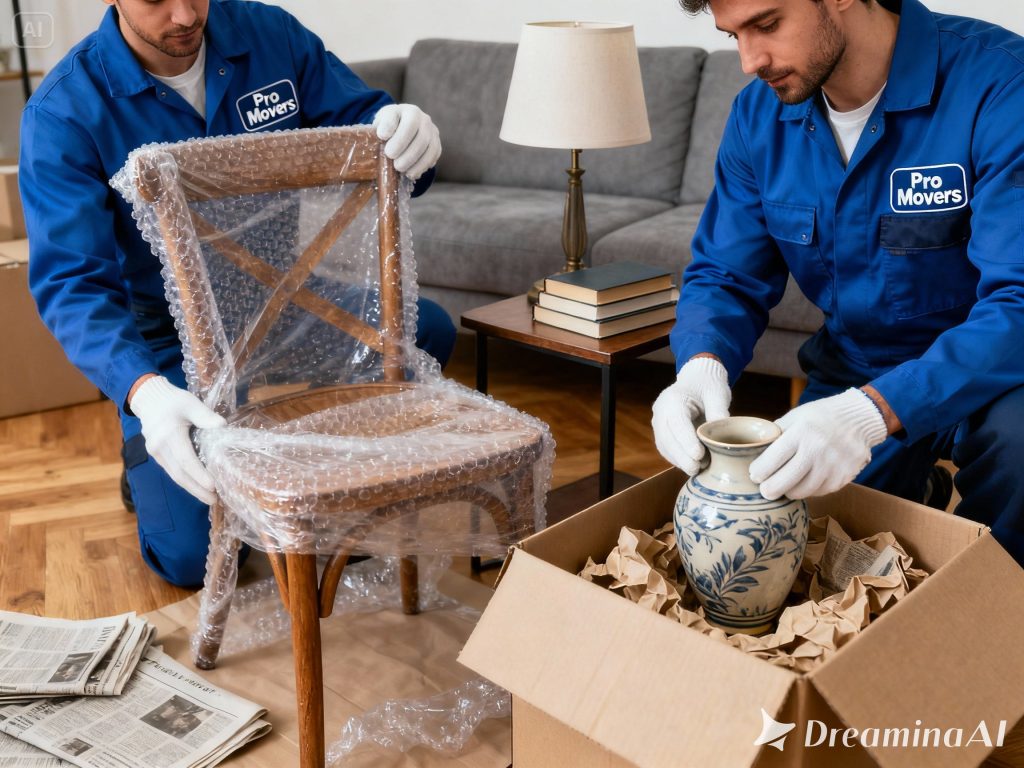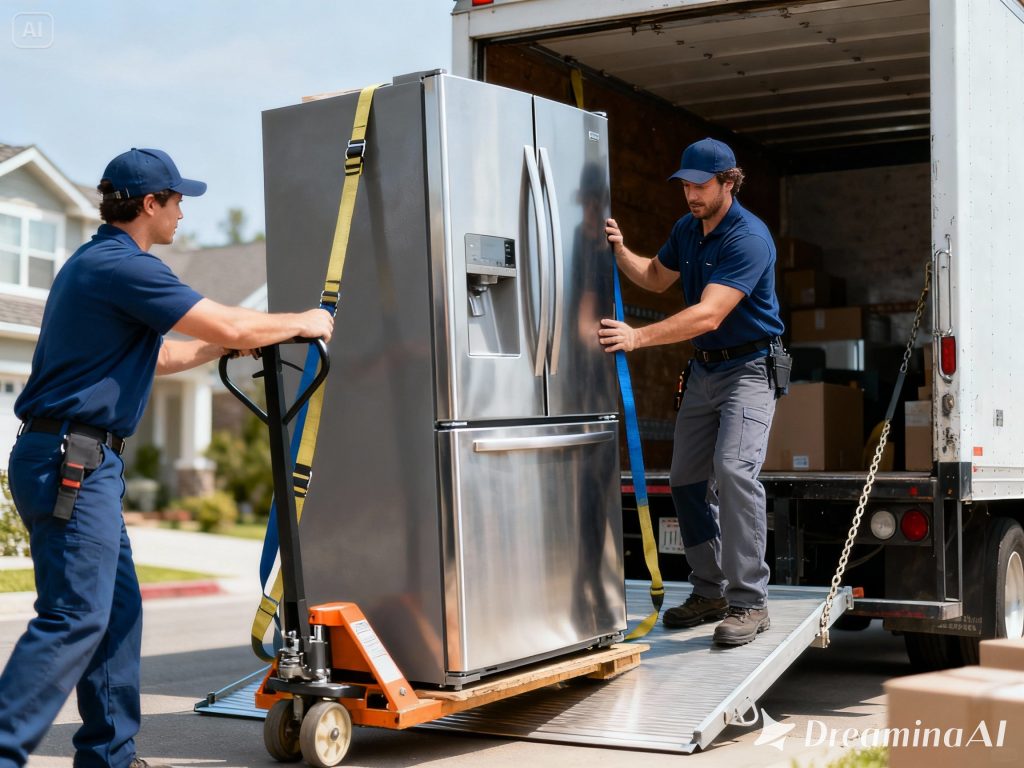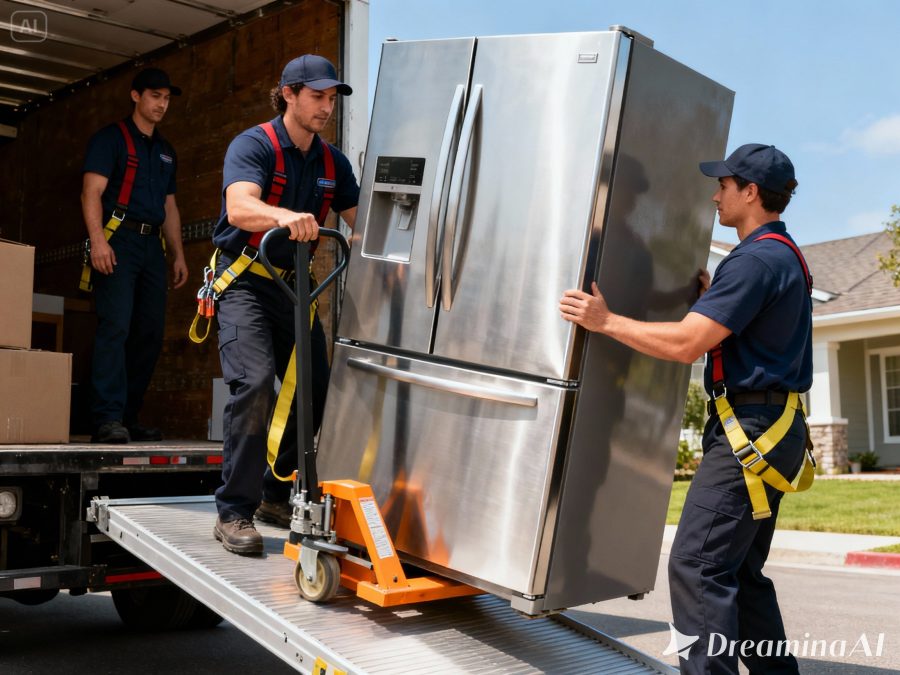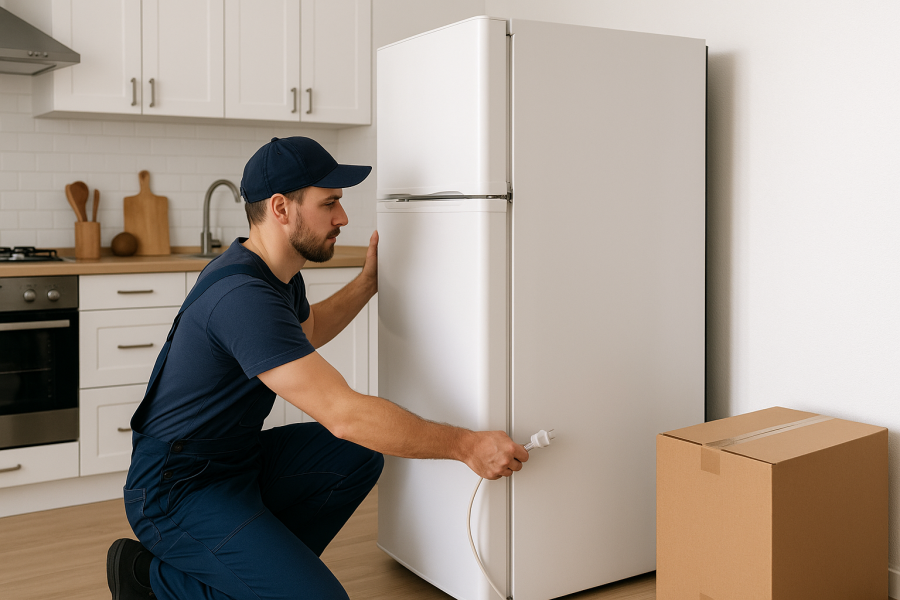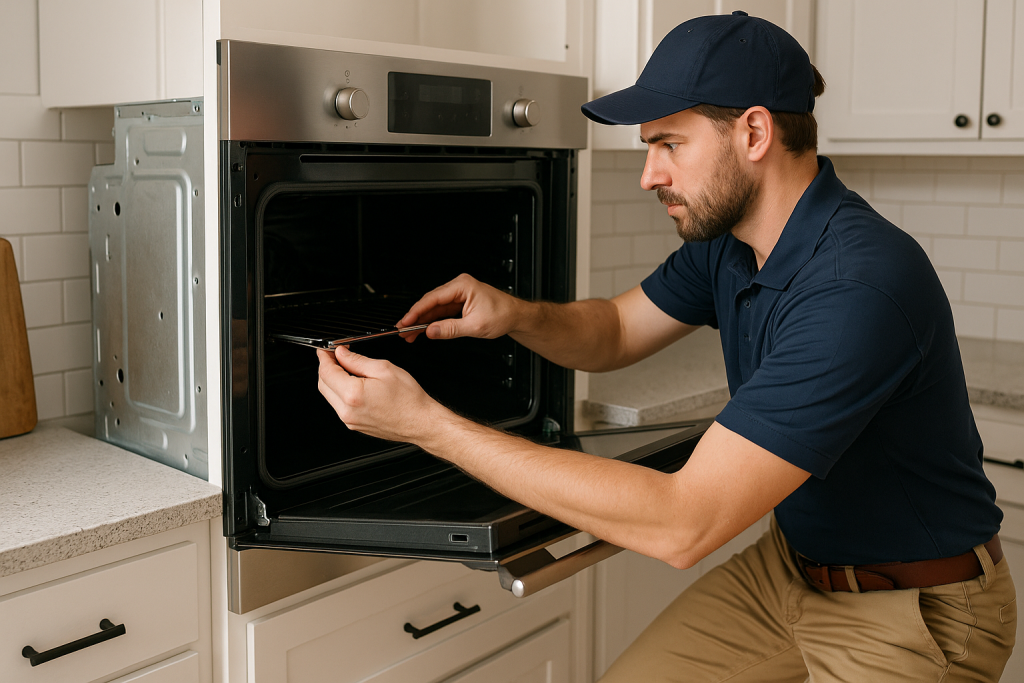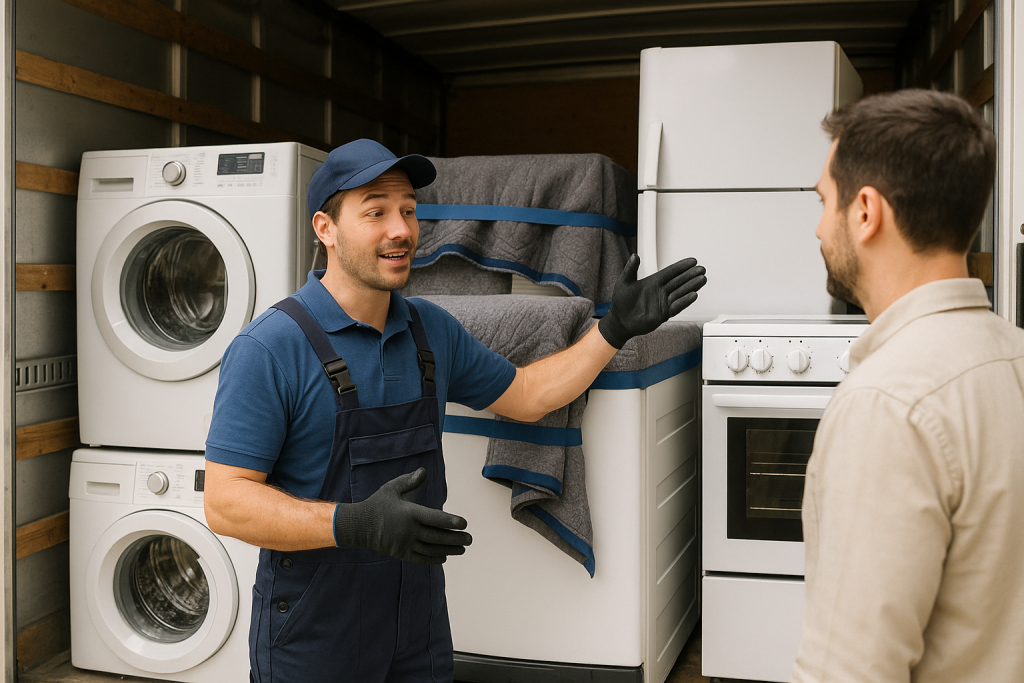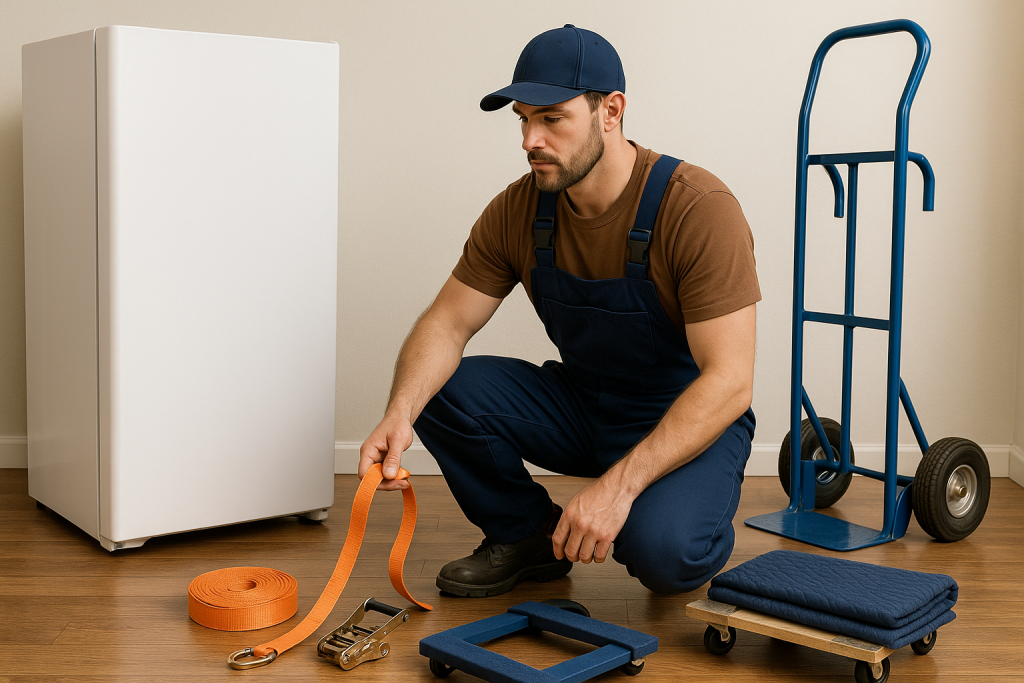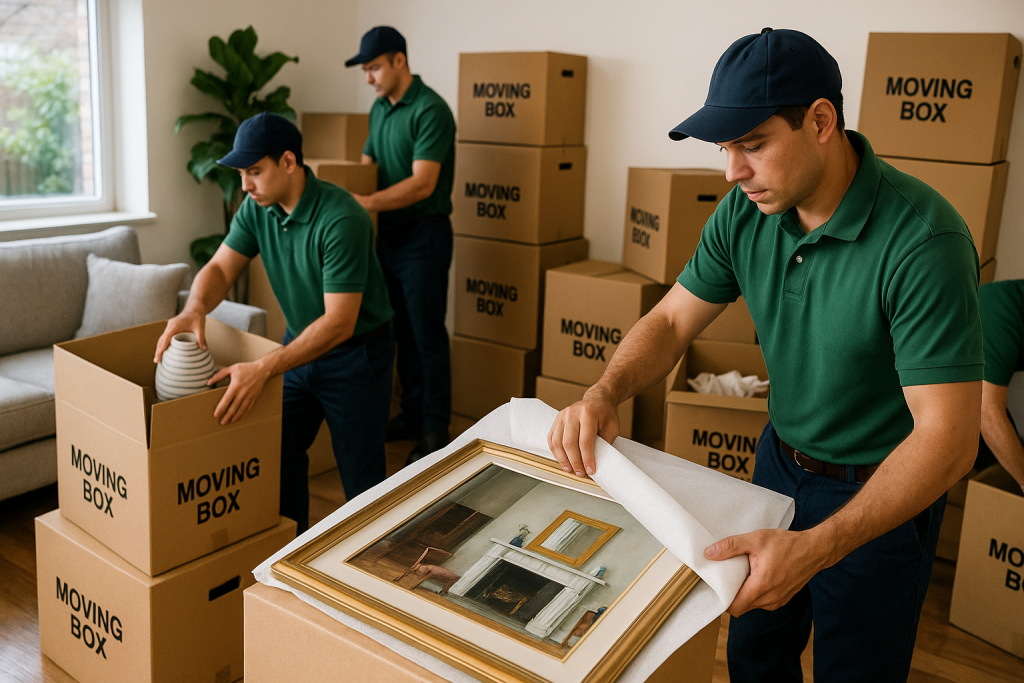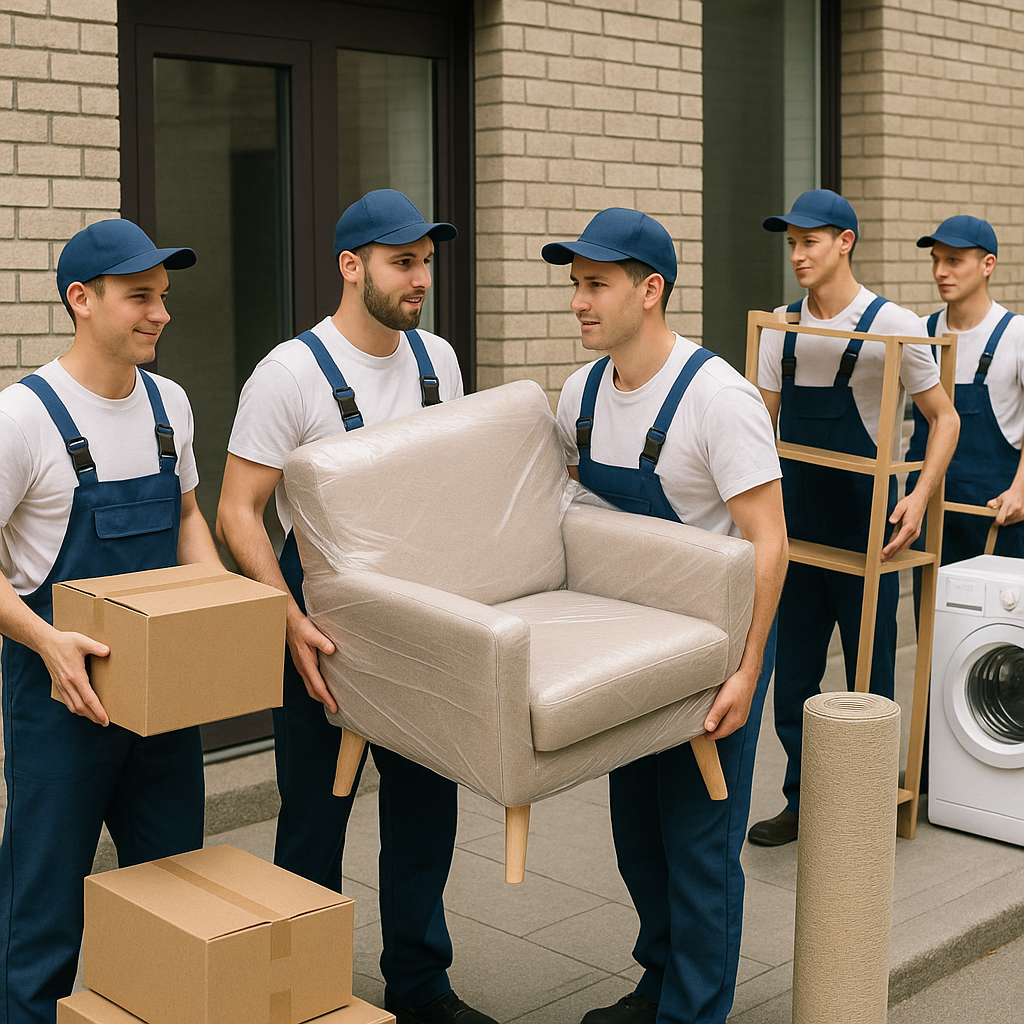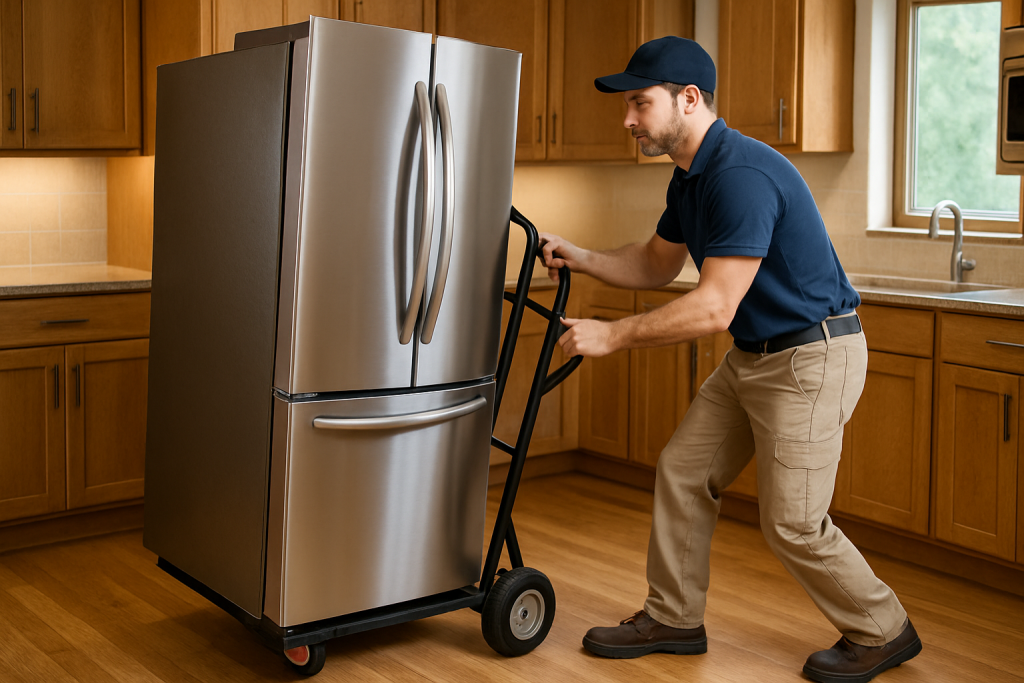
Our menu contains a range of Hot and Cold Drinks, Hot Food, Sandwiches and Baguettes, Cakes, Desserts and a Gluten Free Menu.
Hot Food & Gluten Free Menu
| Price | |
|---|---|
| Breakfast (Served until 11.30am) | |
| 2 Egg (Scrambled or Fried), 2 Bacon, 2 Sausage, Beans, 2 Toast | £5.50 |
| Mushrooms | £1.00 |
| Tomatoes | £1.00 |
| Hot Food (Served All day) | |
| Sausage OR Bacon Baguette | £4.95 |
| Sausage & Cheese or Bacon & Cheese toasted Baguette | £5.45 |
| Bacon, Lettuce, Tomato, (BLT) Sandwich | £4.50 |
| Bacon, Lettuce, Tomato, (BLT) Baguette | £5.75 |
| The above are Served with both Salad and Crisps | |
| Sausage or Bacon Sandwich | £3.25 |
| Buttered Toast – 2 slices | £1.40 |
| 2 Crumpets with Butter | £1.70 |
| Jam / Marmalade / Marmite | £1.00 |
| Beans or Spaghetti on Toast | £3.50 |
| Beans & Cheese on Toast | £4.20 |
| Scrambled Egg on Toast | £3.50 |
| Mushrooms on Toast | £3.50 |
| Soup | |
| Fresh Home-made Soup of the Day | £3.65 |
| Served with Baguette | |
| Jacket Potatoes | |
| Butter | £3.15 |
| Cheese | £4.40 |
| Cheese & Tuna | £5.10 |
| Cheese & Onion | £4.65 |
| Cheese & Beans | £5.10 |
| Cheese & Ham | £5.10 |
| Cheese & Coleslaw | £5.10 |
| Brie & Tomato | £4.90 |
| Baked Beans | £4.40 |
| Tuna | £4.65 |
| Tuna & Sweetcorn | £5.10 |
| Prawns | £5.40 |
| Coleslaw (Home-Made) | £4.65 |
| Chilli Con Carne (Home-Made) | £5.50 |
| Ratatouille | £5.10 |
| Coronation Chicken | £5.40 |
| Chicken Tikka | £5.40 |
| Cheese & Bacon | £5.50 |
| Chicken Curry | £5.40 |
| Vegetable Curry | £5.40 |
| Additional Toppings: | |
| Cheese, Beans, Coleslaw | £1.00 |
| Ham, Tuna, Prawns | £1.50 |
| Chilli, Coronation Chicken, Chicken Tikka | £1.75 |
| Bacon, Sausages | £1.75 |
| Other Hot Food: | |
| Quiche of the day, Served Warm or Cold, with Salad & Coleslaw | £5.00 |
| Home-made Chilli bowl (meat or veg) | £5.75 |
| served with full salad, cheese & baguette | |
| Home-made Chilli (meat or vegetable) | £5.75 |
| served with rice & Tortilla Chips | |
| Chicken or Vegetable Curry | £5.75 |
| served with rice & Naan Bread | |
| Ratatouille served with rice & 1/2 Baguette | £5.75 |
| Home-made Cheese Scone served warm | £3.95 |
| with butter, cheese & salad garnish | |
| Salads: | |
| Cheese or Ham | £5.75 |
| Tuna or Chicken | £5.75 |
| Prawn, Coronation Chicken, Chicken Tikka | £5.95 |
| Served with Beetroot, Coleslaw, Bread & Butter | |
| Ploughmans: | |
| Ham or Cheese (Chedder or Brie) | £5.75 |
| Served with Pickle and/or Chutney, Pickled | |
| Onions and a half baguette | |
| Omelettes: | |
| Plain | £4.25 |
| Cheese or Mushroom | £5.25 |
| Ham | £5.50 |
| Bacon | £5.50 |
| Served with Salad & Home-made Coleslaw | |
| Add 95p for 2 x slices of Bread & Butter | |
| Gluten-Free Menu | |
|---|---|
| We are pleased to offer this gluten-free | |
| menu to those customers who | |
| follow a restricted diet | |
| HOT FOOD | |
| Crumpets (each) £1.75 | |
| Toast – 4 ‘Slices’ £2.50 | |
| Home-made soup served with Gluten Free Roll £4.50 | |
| Chilli Bowl served with Gluten-Free roll £6.50 | |
| Add £1.00 for Beans / Egg on toast or Crumpets | |
| Jacket Potatoes – Prices and Fillings are as per the main menu | |
| Our baked beans are Gluten-Free | |
| SANDWICHES | |
| We have Gluten Free brown breadbaked by Genius Bread | |
| Please refer to Main Menu for fillings and Toasted Sandwiches | |
| Please add £1.00 per sandwich | |
| CAKES & DESSERTS | |
| Toasted Fruit Loaf £1.95 | |
| Danish Pastries (served warm) please ask for flavours available today £2.95 | |
| Muffins (served warm) please ask for flavours available today £2.50 | |
| Chocolate Dime Bar Cake £2.75 | |
| Chocolate Snickers Cake £2.75 | |
| For Ice Cream, Cream or Custard add 75p | |
| ALL SUBJECT TO AVAILABILITY | |
TAKE AWAY:
We do offer a take away option for the majority of the items on our menu.
Note: We cannot guarantee that any of our products are free of nuts or nut traces






